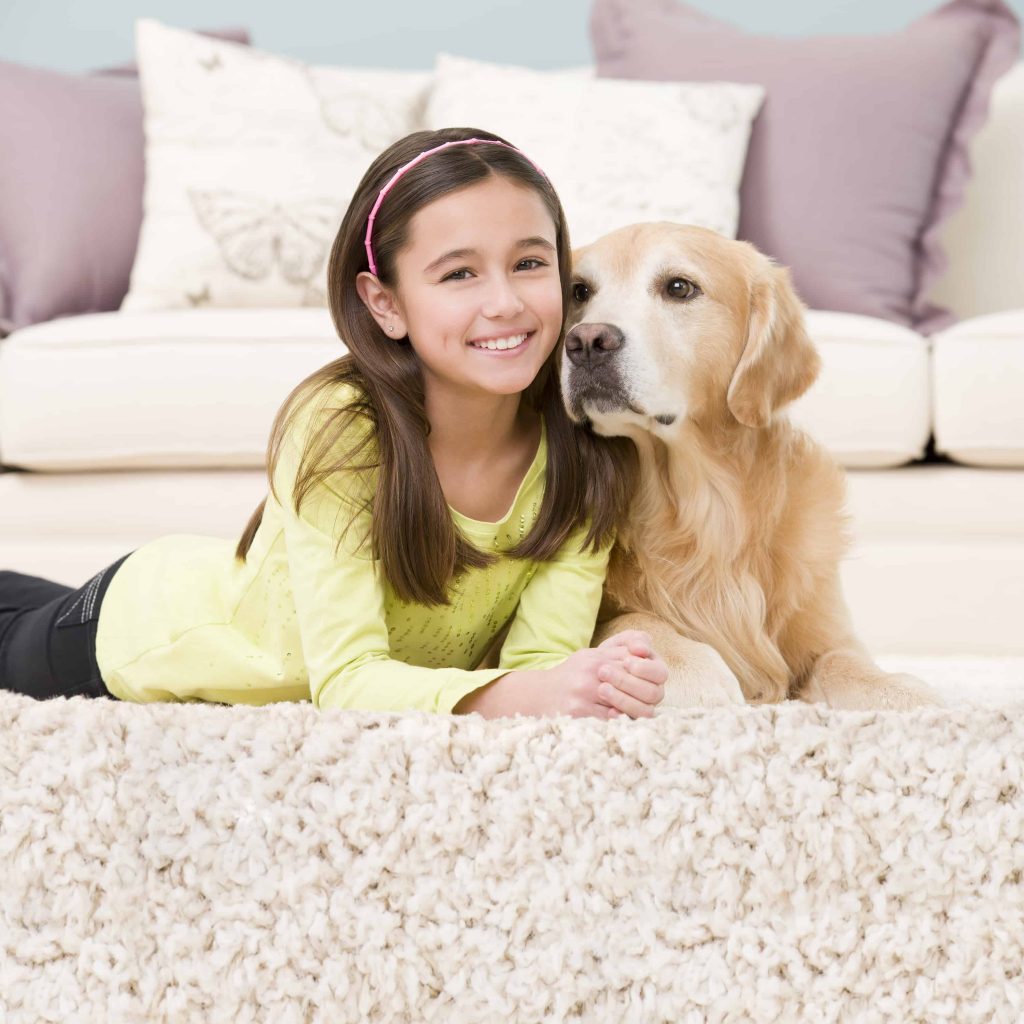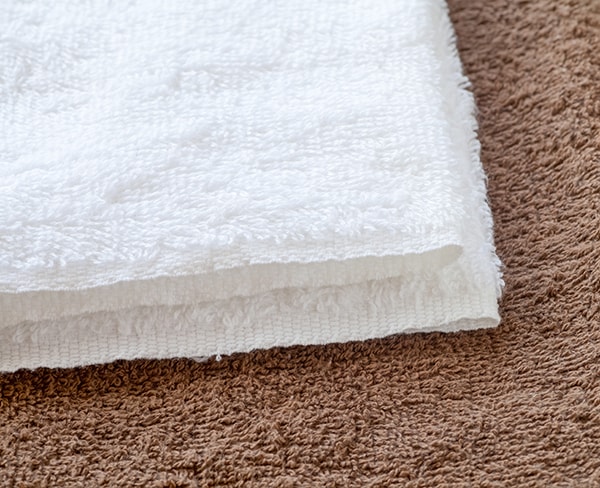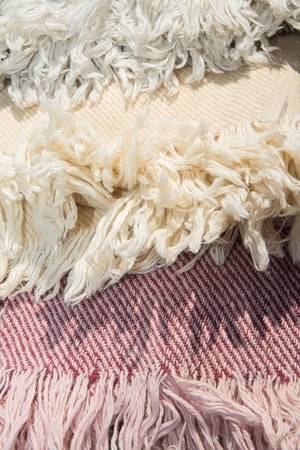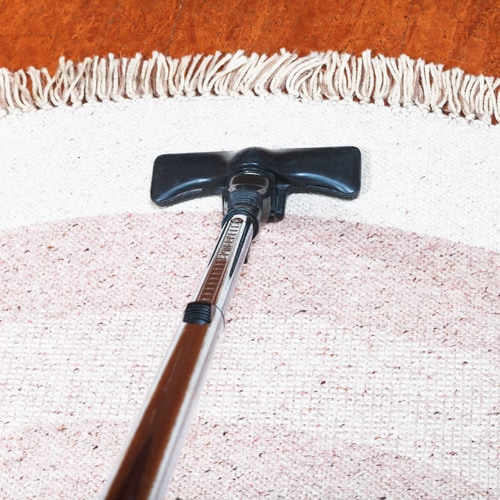Pet urine is among the most common stains on woven rugs in household with pets. Besides that nasty odor that causes a tremendous amount of trouble to rug owners and cleaners alike, pet urine also hides 3 other big dangers, which are as followed.
1. STAINS
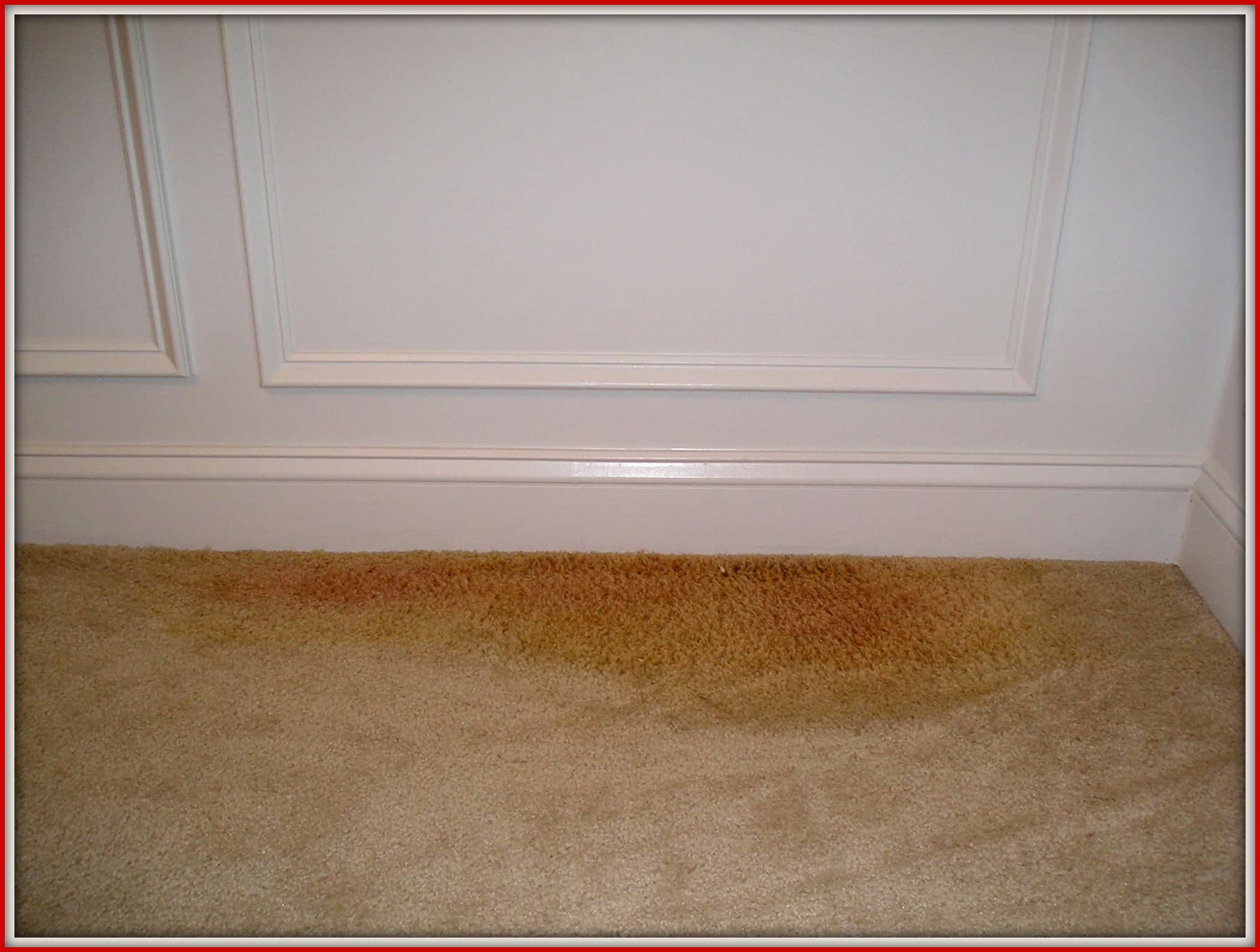
It takes a really skilled and experienced professional to improve the stained area during the wash because more rug owners usually use the wrong products that set the stain worse. When it comes to pet urine, feces, and vomit, there is always the possibility that they won’t come out completely, given the complexity of the case. So, better call an expert instead (and here are more why’s).
2. COLOR LOSS & DYE BLEED
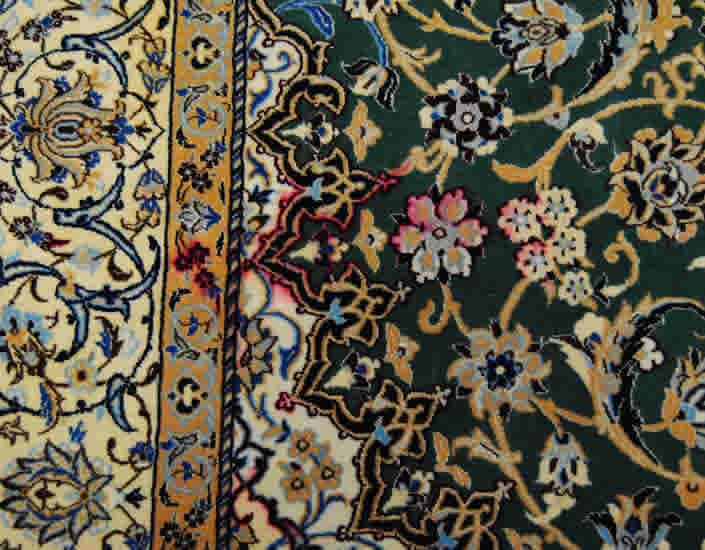
Truth is pet urine shift over time. From acidic, they turn into alkaline, causing significant damage to acid rug dyes. When these areas are wet, they bleed the color most of the times, even if a rug dye stabilizing solution has been used. This problem (stain turns from acidic into alkaline) also creates problems related to dye bleed, when using a carpet cleaning solution and machine on the natural fiber rugs, mainly because most solutions you find in the market are alkaline, given that they were primarily meant for synthetic carpeting. The result? Disastrous.
One more thing that has to be considered when addressing pet urine is that we need to be very careful about the use of high-PH traffic lanes. It is nothing close to a walk in the park, which is why pet urine and similar stains on rugs should be handled by pros.
Finally, long-term exposure to pet urine can completely dissolve the dye away from the fibers during the wash process. In other words, color just vanishes or fades away in areas close to the stained spot and what stays behind is the yellow urea.
3. MILDEW
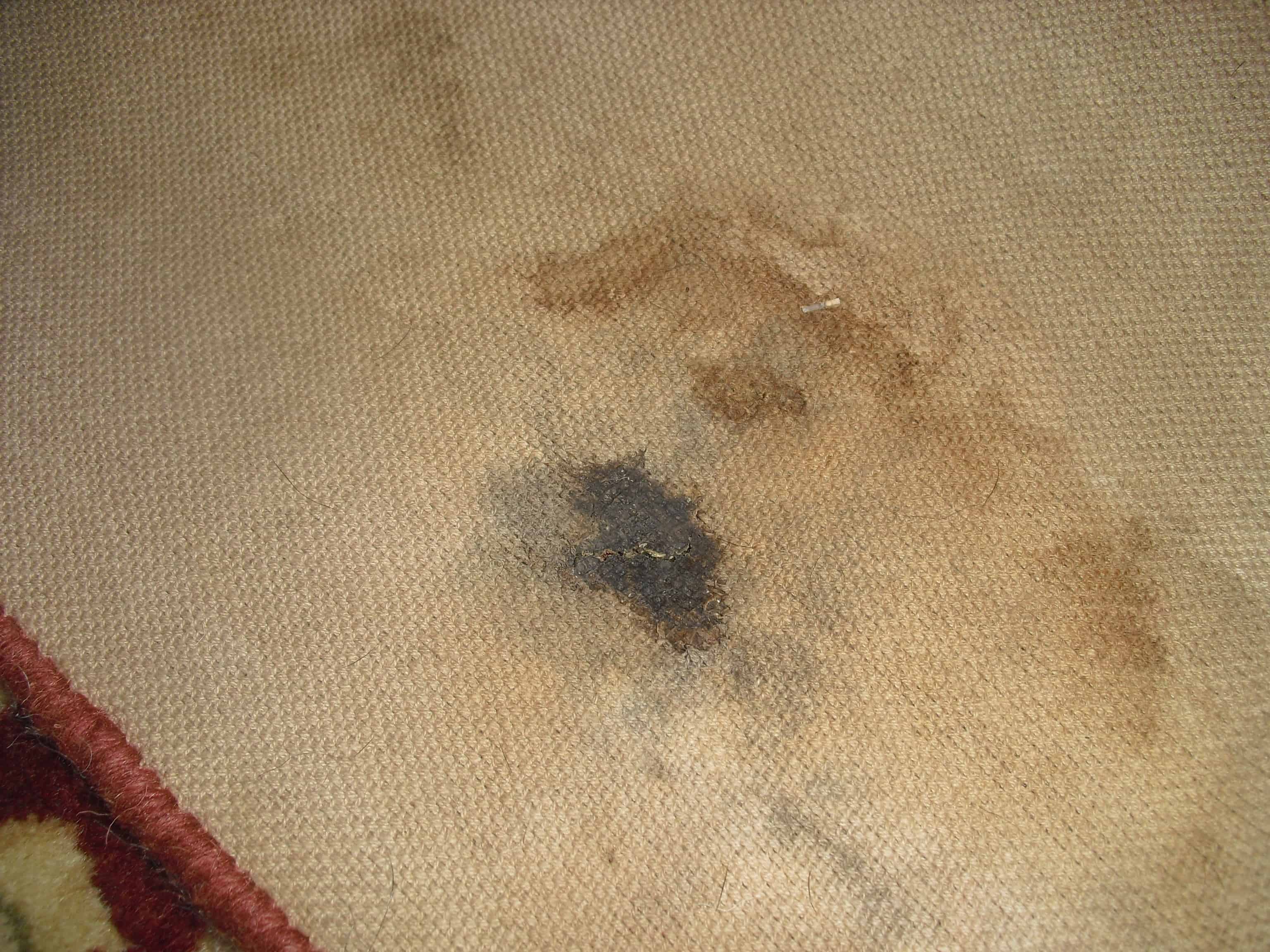
The same thing happens when your pet puddles the exact same area of your rug many times. The moisture accumulated can as well lead to dry rot risk. To prevent this from happening, it is important to inspect the stained areas of the rug (both top AND back of the rug) to see if there are any signs of dry rot). These could be anything from stiffness to the affected area to dark mildew activity in the fibers.
What to Do Until you Send the Rug to a Rug Cleaning Facility
The moment you notice an accident has occurred, you need to just jump right to action and have the spill removed that soonest possible. This means that:
1. If you can scoop up something, then do it immediately. Use a cotton towel to blot up as much as you can.
2. Always have club soda at hand. This is one of the cases when you will find it extremely handy, With a sponge, dampen the affected area (always making sure you wring out the excess) and then blot with the cotton towel to remove the urine (or fecal or vomit matter). Alternatively, you can use a mixture of white vinegar and cool water (proportions: 50/50).
3. Keep on blotting until you see nothing comes out anymore. Then, take your hair dryer and set on WARM. Too hot will make things worse. Dry the fibers. Now, if you can also raise the rug up (where it is stained) so that warm air flows through both sides of the rug, then you are doing a marvelous job.
NOTE: At this phase, if you see that your rug’s dyes transfer into the cotton towel, immediately stop damping the rug. This is critical, so blot and dry the quickest possible. It is also important to only damp and not wet the fibers, especially if you have a woven rug, to avoid the risk of mildew and mold. Now, if you prefer to scrub the wool and not blot the rug, it is highly likely you create fiber breaking/distortion, so use gentle moves and follow the steps described before.
4. The biggest concern when having a pet that has not been properly trained at home is when it keeps urinating on the rug(s). Repeated pet accidents on the rugs result in permanent urine stains with a strong odor that is difficult to remove completely. As previously mentioned, long-term exposure leads to dry rot of the rug. To prevent your living room from becoming your pet’s open toilet and also save your rugs and flooring (and protect your health and the health of those living under the same roof) it is critical to have your pet properly trained. The sooner you start, the more you will be able to enjoy your lovely rugs for many years to come. To treat pet puddles on woven rugs, you can also check this piece out!
Want to know more about the threats lurking to ruin your favorite rugs? Here is how to look for bugs and moth; and article we feel you might find particularly useful and will not only show you how to look for bugs, but also how to protect your health from rug-related allergens, and why it is so important to clean your area rugs regularly!
Enjoy!

